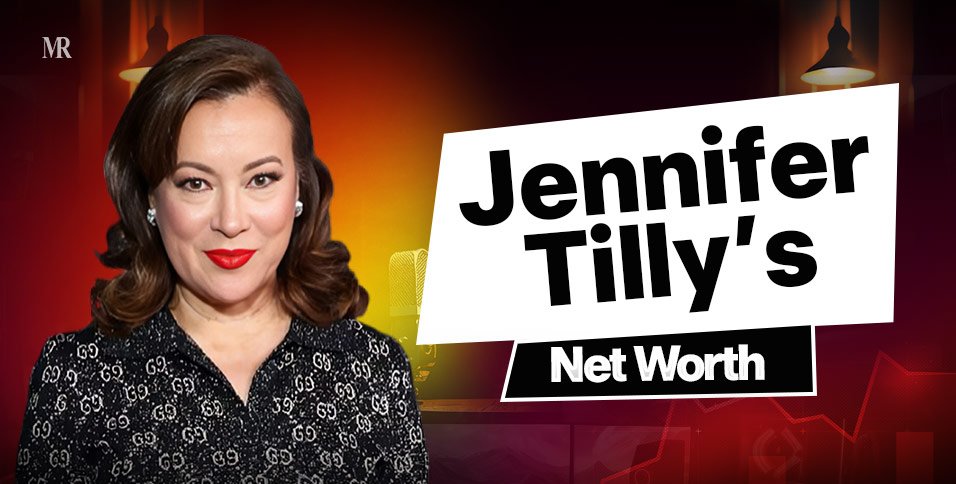Effective leadership is crucial for any organization’s success. Leaders set the tone, drive the vision, and influence the culture of the workplace. But not all leaders are the same, nor should they be.
Different situations require different leadership styles. Each has its pros and cons. This blog post will explore the pros and cons of four leadership styles in the workplace.
1. Autocratic Leadership
Autocratic leadership is a style where one person makes the decisions, often without much input from the team. This approach can be useful in situations that need quick decisions, like emergencies or tight deadlines. Leaders with this style usually have a strong vision and the confidence to act on their ideas.
It works well in some cases. But, involving team members can bring fresh ideas. This can lead to even greater success.
Pros
Autocratic leadership can provide several benefits. This is especially true in certain situations.
Quick Decision Making
Decisions are made swiftly, as extensive consultations are not needed. This is crucial during crises or tight deadlines when delays can lead to setbacks. The ability to act quickly can be a game-changer in competitive industries.
Clear Command and Control
Friendly leaders build a strong team by providing a clear structure and hierarchy. When employees know their roles and whom to ask for help, it reduces confusion.
This clarity helps everyone work better together. It keeps things running smoothly, ensuring tasks finish on time and meet standards.
Cons
However, this leadership style also has drawbacks.
Low Employee Morale
When team members don’t share their thoughts, it can affect morale. Employees might feel unappreciated and unmotivated. This can cause frustration and lower job satisfaction.
This, in turn, can create challenges for our work environment. Encouraging everyone to contribute can help us all feel valued and boost our team’s spirit!
High Turnover Rates
Employee turnover can happen when people look for roles where they feel their skills are appreciated. To keep our talented team members, we should focus on creating a positive and empowering work environment. This way, we can build a strong team and avoid the costs of hiring new employees.
2. Democratic Leadership
Democratic leadership, also known as participative leadership, includes team members in decision-making. It values input from all, with an understanding of what it truly means to be people-oriented, yet the leader retains the final say. This method fosters a sense of ownership and accountability.
Pros
Democratic leadership has many great benefits, such as the following.
High Employee Engagement
When employees feel their opinions matter, they get more involved and committed. This leads to more creativity and innovation as team members share ideas. A collaborative culture also improves relationships among colleagues, making the work environment better.
Improved Decision Quality
Considering various viewpoints leads to better decisions. Diverse opinions reveal risks and chances a single leader might miss. This sparks innovative solutions that help the organization.
Cons
While democratic leadership has many benefits, it also comes with some challenges.
Time-Consuming
Making decisions in a team can be slow. It needs everyone’s input and agreement. This delay is a problem in fast environments that need quick choices. It can lead to missed opportunities.
Potential for Conflict
In teams with many voices, conflicts can happen. Leaders need strong conflict resolution skills to handle disputes and keep the team united. Ignoring conflicts can damage team unity and collaboration.
3. Transformational Leadership
Transformational leaders motivate their teams to focus on the business. They create a vision for the future and foster an environment that welcomes innovation and change.
Pros
Transformational leadership brings many great advantages, such as:
High Levels of Motivation
These leaders inspire teams to achieve great results. They focus on a shared vision and personal growth. This approach boosts motivation and engagement. As a result, individuals exceed expectations and aid the organization’s success.
Fosters Innovation
Transformational leadership fosters innovation by promoting creativity and new ideas. It empowers team members to take risks and be creative. This approach leads to breakthroughs that help the company stay competitive.
Cons
Despite its advantages, transformational leadership also has challenges, such as:
Risk of Burnout
The high energy and commitment required from team members can increase the risk of burnout. The constant push for excellence can be exciting but also exhausting, potentially resulting in decreased productivity and increased stress over time.
Dependence on the Leader
Teams may become overly reliant on their transformational leader for motivation and direction. If the leader leaves, the team might struggle to maintain performance levels without that guiding presence, lacking the self-sufficiency and motivation to thrive independently.
4. Laissez-Faire Leadership
Laissez-faire leadership, or delegative leadership, is marked by minimal oversight and a hands-off approach. Leaders provide needed tools and resources but step back, allowing team members to make their own decisions and manage their work.
Pros
Laissez-faire leadership has its own set of benefits, including:
High Levels of Autonomy
Employees enjoy significant autonomy, allowing them to take ownership of their work. This often leads to high job satisfaction and innovation, as team members feel trusted and valued, investing their creativity and insight into their tasks.
Encourages Skill Development
With the freedom to make decisions, employees have ample opportunities to develop their skills and gain valuable experience. This hands-off approach cultivates a more capable workforce as individuals learn from their successes and mistakes, resulting in a versatile team ready to tackle diverse challenges.
Cons
However, there are drawbacks to laissez-faire leadership to consider:
Lack of Direction
Without sufficient guidance, employees may feel lost in their roles. This can lead to confusion, mistakes, and inefficiencies, as individuals struggle to prioritize tasks or align with the organization’s goals.
Risk of Poor Accountability
In the absence of strong oversight, accountability can suffer. Some may take advantage of the lack of supervision, leading to inconsistent performance levels and causing frustration among reliable team members impacted by the lack of accountability.
Understand The Four Leadership Styles in the Workplace
In conclusion, understanding these four leadership styles can greatly impact workplace effectiveness. Each style has its own strengths and weaknesses. Leaders should consider their team’s unique needs and the specific challenges they face to choose the best approach.
A flexible leadership style can create a positive, high-performing team. It boosts morale and performance. By adapting their strategies, leaders can create a more engaged and productive workforce. This will ensure the company’s long-term success.
If you enjoyed this article, be sure to check out our other posts for a wide range of fascinating topics.
Also Read: 10 Team Building Questions to Strengthen Workplace Relationships
















